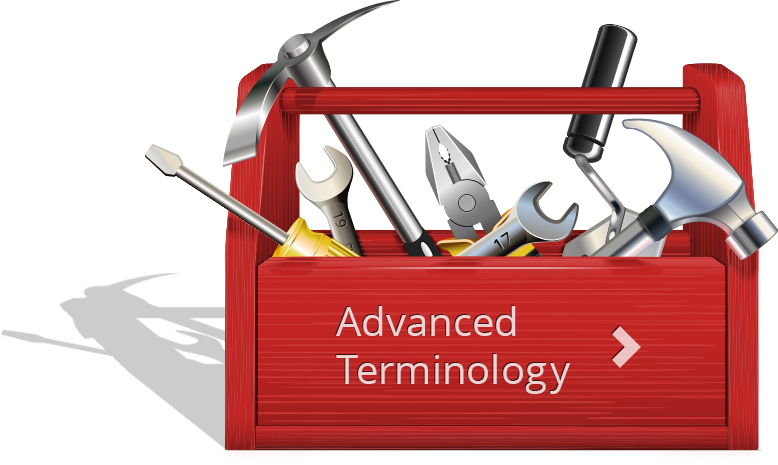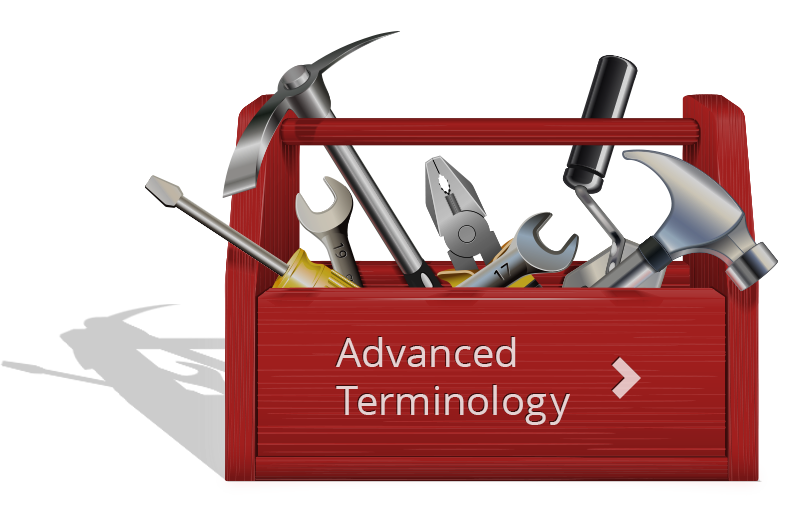Sources
Information Sources
Coming Soon!
U.S. Department of Justice
Bureau of Justice Statistics
National Center for Health Statistics
Occupational Safety & Health Administration (OSHA)
Centers for Disease Control and Prevention
American Bar Association
The Yale Law Journal
King, Joseph H.. “Causation, Valuation, and Chance in Personal Injury Torts Involving Preexisting
Conditions and Future Consequences”. The Yale Law Journal 90.6 (1981): 1353–1397. Web.Columbia Law Review
Franklin, Marc A., Robert H. Chanin, and Irving Mark. “Accidents, Money, and the Law: A Study of the
Economics of Personal Injury Litigation”. Columbia Law Review 61.1 (1961): 1–39. Web.
Important Vernacular and Plumbing Definitions
Backup: Overflow of a plumbing fixture due to drain stoppage.
Back Pressure: Pressure that resists the flow of fluid in a piping system.
Back Flow: When water traveling from one system backs into any part of the main distribution system, usually by siphoning.
Blackwater: Wastewater specifically from a toilet.
Gray Water: Waste water from fixtures other than toilets.
PEX: Stands for cross-linked polyethylene. A flexible plastic supply line that is stronger than PE. In bathrooms, it is used for water supply lines.
PE: Stands for polyethylene. A flexible plastic supply line.
Shutoff Valve: Valves installed under sinks and toilets used to shut off water supply in the event of a malfunction or repair. Also called an Angle Stop, Straight Stop or Supply Stop.
Siphoning: The suction or pulling effect that takes place in the trapway of a toilet as it is filled with outgoing water and waste.
Boiler: A sealed tank where water is turned to steam for heating or power.
Fitting: Any part that joins together two sections of pipe. Comes in many shapes, sizes & connection styles. Examples: elbows, couplings, bends, wyes, etc.
Fixture: Anything that accepts or discharges water or wastewater: faucets, sinks, toilets, tubs.
Plumber’s Putty: A dough-like putty that seals joints between fixture surfaces and metal pieces, such as the drain.
Plumbing Snake: A thin, flexible length of spiral-wound metal, which is inserted into a drain and rotated to clear anything that is clogged in the pipes.
Sediment: The substance that settles on the bottom of a water tank. Also known as lime.
Sewage pump: Pumping blackwater (toilet waste) to a public sewer line.
Septic Pump: Pumps blackwater (toilet waste) to a private septic tank and drainfield system.
Septic Tank: A tank used to detain domestic wastes to allow the settling of solids prior to distribution. Septic tanks are used when a sewer line is not available to carry them to a treatment plant.
Sump Pump: Designed to remove unwanted water, such as surface or groundwater that leak into a building. Sump pumps only have to pump water, never solids.
Valve: A device that regulates the flow of water.
Water Heaters: Hot water tanks, sources of hot water in buildings. Types of water heaters include: tankless, tankless coils, indirect water heaters, solar and geothermal.
Plumbing Terminology

cold water
hot water
Vents
Drains
Gas lines
All piping

All About Pipe Fittings
Adapter: A fitting that joins pipes made of different materials or sizes.
Bushing: A fitting that joins pipes made of different sizes, threaded inside and out.
Cap: A fitting that covers and seals the end of a pipe.
Closet Flange: An anchoring ring that attaches to the closet bend and is secured to the floor.
Coupling: A fitting that makes a connection between two straight runs of pipe.
Ell: An elbow joint with hubs on both ends used to make an angled connection between two straight runs of pipe.
Flange: The end of a pipe that has an extended rim to give a finished appearance.
Hub: The wide end of a fitting that allows insertion of a pipe for making a joint.
P Trap: A curved section of pipe that prevents sewer odors from escaping into the house. It is required on all fixtures with a drain.
Street Ell: An elbow joint with a hub on one end used to make an angled connection between pipe and a fitting with a hub.
Tee: A T-shaped fitting that joins three lengths of pipe, two lengths in line with each other and the third length perpendicular to the first two.
Union: A three piece fitting that joins two sections of pipe, while allowing them to be disconnected without having to cut the pipe.
Wye: This is a Y-shaped fitting that joins three lengths of pipe in branch fashion.
Techniques for Plumbing
Dry Fit: Connecting pipe without adhesive for the purpose of checking measurements.
Roughing in: Positioning and installing supply and drain-waste-vent pipes in walls and floors, while the walls and floors are unfinished. Roughing in does not include connecting fixtures.
Solvent Welding: Joining two things together by using a solvent, which softens the materials, then evaporates after adhering them.
Snaking: Clearing blocked drains by pushing and twisting a drain-and-trap auger.
Sweating: Connecting copper pipe and fittings with soldered joints.
Tapping in: Connecting new pipes to existing plumbing line to serve a new fixture.
Threaded Connections: Connecting pipe together by screwing them in using the spiral ridges on the ends of the pipes.
Valve Dressing: Grinding a worn valve seat with a special tool to stop drips in compression faucets.

Begin the next Lesson

